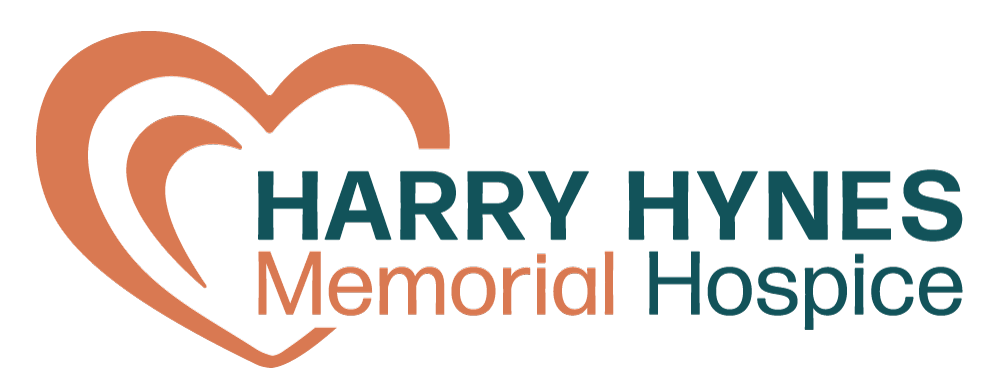Hospice FAQs for healthcare professionals
We’re here to answer questions about hospice including hospice eligibility and financial obligations – such as billing and reimbursement – specific to hospice care.
Hospice cares for patients with advanced illness by focusing on pain relief, symptom management, and emotional and spiritual end-of-life issues. Hospice is palliative, not curative. In other words, hospice does not try to cure disease
When the burden of treatment outweighs the benefits and/or the patient has had multiple hospitalizations over the last several months, he or she might be ready for hospice.
Other indications include:
• Increased hospitalizations or ER visits
• Increasing pain or dyspnea
• Worsening cognitive function or increased confusion
• Frequent infections
• Sudden or progressive decline in physical functioning and eating
• Weight loss/difficulty swallowing
• Shortness of breath/oxygen dependence
• Progressive stage 3 or 4 wounds despite optimal care
Physicians, patients, and families should consider hospice services when medical treatments can no longer cure their disease and/or the symptom burden outweighs the benefits of treatment. Hospice services can begin when a doctor decides the patient’s life expectancy is six months or less. Hospice services are more efficacious if provided for months rather than days or hours. There is general dissatisfaction among families who believe their loved ones were referred to hospice too late. They reported more unmet needs, greater concerns, and lower satisfaction with the overall quality of care.
If the patient has Medicare Part A and meets hospice eligibility requirements, then the government will pay as much as 100% of the cost of hospice care. In such a case, there is no deductible and no copayment for the patient. Even if a hospice patient is enrolled in a Medicare Advantage plan, hospice benefits are covered by original Medicare.
About 90 percent of hospice patients rely on Medicare and Medicaid to cover their care, and the rest turn to other financing sources, which for most people means private insurance. Most private health plans align with Medicare in their requirements for hospice: A patient must be diagnosed with a terminal illness (indicating a life expectancy of six months or less) and must choose not to receive curative treatment.
Most people enroll in health insurance plans through an employer or retirement program, while others purchase plans through a private or public exchange. Individuals who do not have Medicare but have coverage from private insurance should contact their health plan directly for specific details on hospice care, including what the patient’s plan will cover and which out-of-pocket costs the patient and their family may be responsible for. Medicaid provides coverage, but it varies by state.
Hospice admissions staff work with patients who are not insured to determine financial responsibility, self-payments, and eligibility for other benefits that could help pay for services.
Hospices employ financial specialists to help find resources for families who do not qualify for federal assistance and do not have insurance. Payment options can include self-pay and charitable organizations.
Refer a patient to Harry Hynes Hospice
Need to refer a patient to Harry Hynes Hospice? Click the button below to fill out our secure patient form.
